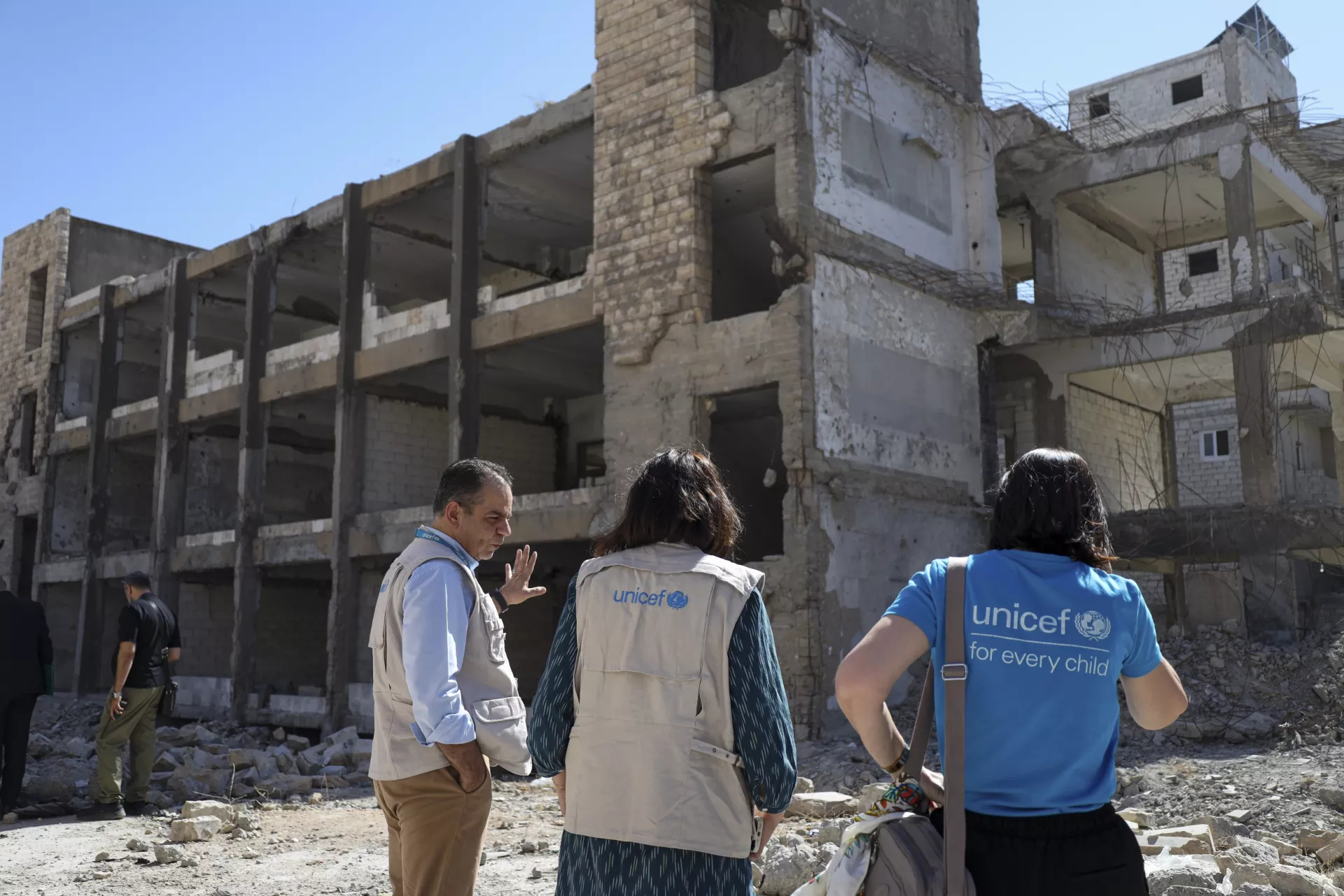
The humanitarian situation in Syria remains precarious following nearly 14 years of conflict, with aid agencies urging greater international backing for recovery and reconstruction. Jan Egeland, secretary general of the Norwegian Refugee Council, said during a visit to Syria that while many displaced people are returning to their homes, conditions remain dire.
“We need reconstruction to facilitate the return of the displaced and refugees to their homes,” Egeland told Syria TV, emphasizing that families cannot continue to live in tents during harsh winters. He noted that Eastern Ghouta, heavily bombarded during the war, is so devastated that rebuilding is almost impossible without sustained donor involvement.
Returnees Face Ruins and Scarcity of Services
According to the Norwegian Refugee Council, more than 800,000 people have left displacement camps and returned home. However, many of these families are met with destroyed buildings, lacking electricity, clean water, or job opportunities. The group reported that disputes over housing and strained local resources are compounding tensions.
Egeland warned that without serious investment in recovery, millions of refugees and internally displaced people will remain unable to rebuild their lives. “The international community cannot fail Syrians now, after a decade of misery and investment in emergency relief when return was a distant dream,” he said in a statement on the organization’s website.
UN Officials Cite Severe Funding Shortfall
United Nations Humanitarian Coordinator for Syria Adam Abdelmoula echoed concerns about the scale of needs. In a press briefing from Geneva, he said that only 13% of the $3 billion required for Syria’s 2025 humanitarian response has been secured.
“This shortfall directly impacts the ability of relief teams to meet the growing needs of civilians,” Abdelmoula said, noting that around 18,000 people have been displaced in recent months in Suwayda, Daraa, and Damascus. He described shortages of medicine and fuel as “disturbing.”
The UN and the Syrian Arab Red Crescent in cooperation with the Syrian government have delivered 17 aid convoys to affected areas in the last two months, but Abdelmoula stressed that commercial trade routes, hindered by criminal groups and militias, must also reopen to stabilize supply chains.
Partnerships Aim to Strengthen Food Security
In parallel, the World Food Program (WFP) has been working with Syrian institutions to address food insecurity. On July 17, the Ministry of Economy and Industry signed a strategic agreement with WFP to bolster food production and distribution infrastructure. The program has also engaged with the Syrian Federation of Chambers of Commerce to expand cooperation with traders and contractors.
Despite these efforts, humanitarian leaders argue that assistance falls far short of needs. Without long-term donor commitments, aid officials warn, Syria’s fragile recovery could stall, leaving millions without the essentials for survival.








